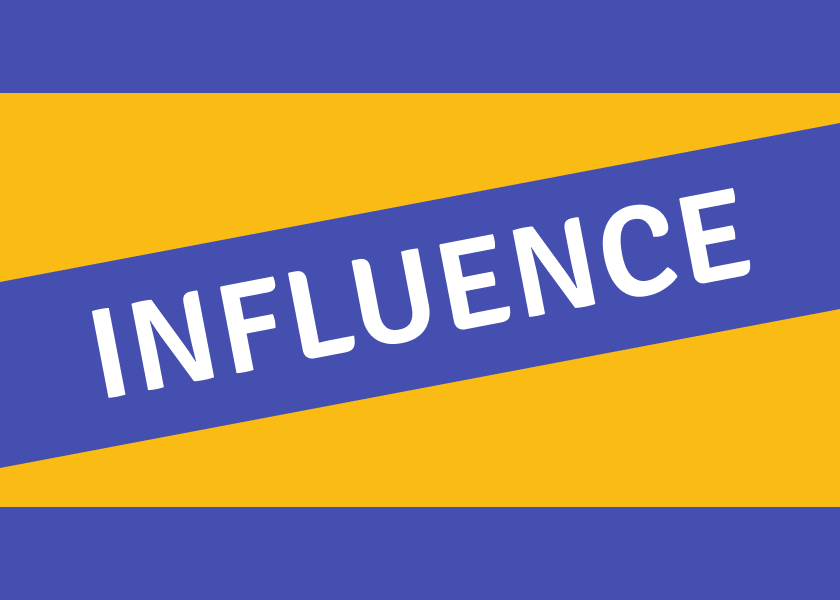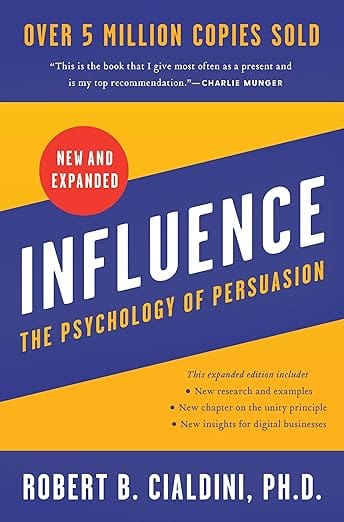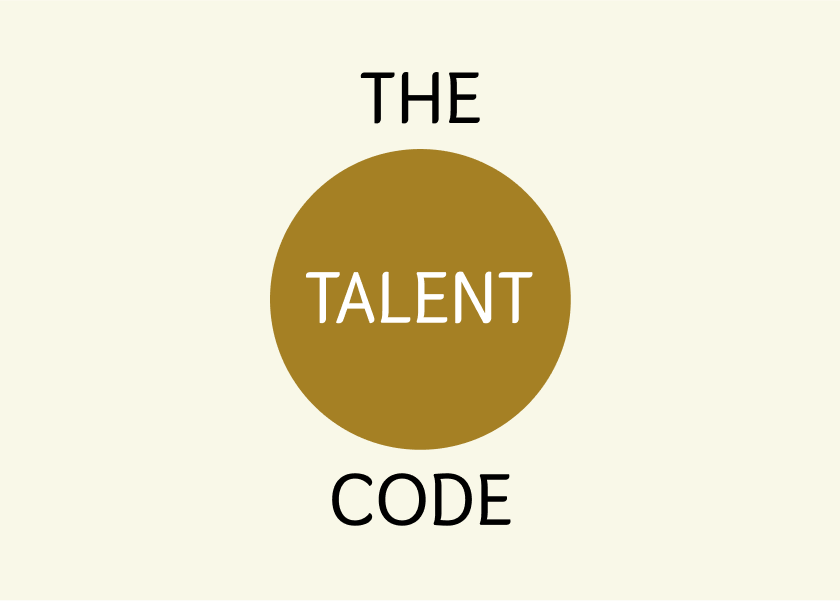Influence: The Psychology of Persuasion by Robert Cialdini - Summary
Discover the 6 principles that drive our decisions: reciprocation, commitment/consistency, social proof, liking, authority, & scarcity. Learn how these powerful forces can be used on you, and how to defend yourself. Understand why you say "yes" and how to make your own choices, not be manipulated.

The following is a summary and a review of the book Influence by Robert Cialdini.
Listen to ShelfHelp's podcast summarising the book Influence by Robert Cialdini.
The Psychology of Persuasion: Why We Say Yes and How to Say No
Have you ever wondered why you agree to things you later regret? Why do we sometimes make seemingly irrational decisions when faced with a request? In Influence: The Psychology of Persuasion, Dr. Robert Cialdini, a renowned expert in the field, delves into the six key principles that drive our decisions and make us vulnerable to manipulation. This book has become a staple for understanding human behavior and is invaluable for anyone wanting to be more aware of the tactics of persuasion and become better decision-makers. This article provides a comprehensive summary of Cialdini's work, offering you actionable tips and insights to save time while enhancing your understanding of these important concepts.
Table of Contents
- About the Author
- Who Should Read This Book?
- Key Insights and Themes
- Detailed Summary
- Review
- Actionable Takeaways
- FAQs
- Conclusion
About the Author
Dr. Robert B. Cialdini is a distinguished academic and a leading voice in the field of social psychology and persuasion. Holding dual appointments as a W. P. Carey Distinguished Professor of Marketing and Regents’ Professor of Psychology at Arizona State University, he has dedicated his career to studying the science of influence. Beyond academia, Dr. Cialdini is the president of INFLUENCE AT WORK, an international training and consulting company that applies his research to ethical business practices. His extensive research and practical experience make him a highly credible authority on the psychology of persuasion.
Who Should Read This Book?
Influence is an essential read for anyone who interacts with other people, but certain professions and individuals will find it particularly valuable. This includes:
- Sales professionals looking to boost their success by understanding the underlying factors driving consumer behaviour.
- Marketers and advertisers seeking to create more effective campaigns that resonate with their audience.
- Managers and leaders who need to persuade teams and inspire cooperation.
- Negotiators aiming to achieve better outcomes through a deeper understanding of human psychology.
- Everyday individuals who wish to become more aware of the influence tactics used on them and to make more conscious choices.
- Anyone who wants to understand how influence works, protect themselves from manipulation, and make wiser decisions.
Key Insights and Themes
The book revolves around six core principles of influence. Here are the key takeaways:
- Reciprocation: People feel obligated to repay favors, gifts, or concessions.
- Commitment and Consistency: Individuals strive to be consistent with their past actions and commitments.
- Social Proof: People often look to others to determine what is correct behaviour, especially when uncertain.
- Liking: People are more likely to be persuaded by those they like .
- Authority: Individuals tend to comply with requests from those they perceive as authority figures.
- Scarcity: Items or opportunities become more desirable when they are perceived to be limited or unavailable.
Detailed Summary
Cialdini's book breaks down how these six principles operate in real-world situations through a combination of research findings and real-life anecdotes.
Chapter 1: Weapons of Influence
- Introduces the concept of automatic, mindless compliance and how we often rely on mental shortcuts.
- Explores how these shortcuts, while generally efficient, can be exploited by those who understand how they work.
- Highlights the contrast principle with examples like expensive items being shown first to make subsequent items seem less costly.
Chapter 2: Reciprocation: The Old Give and Take…and Take
- Explains how the rule of reciprocation makes us feel obligated to repay favours, gifts, and invitations.
- Illustrates this principle with examples like the free sample tactic and the Amway BUG.
- Discusses how the obligation to receive makes it easy for others to influence our decisions.
- Examines the use of concessions through the rejection-then-retreat technique.
- Explores how this tactic works and how to defend against it.
Chapter 3: Commitment and Consistency: Hobgoblins of the Mind
- Describes our deep-seated desire to be consistent with our prior actions and commitments.
- Explains how this drive can be exploited by first obtaining a small commitment to pave the way for larger ones.
- Introduces the foot-in-the-door technique.
- Demonstrates how written commitments and public declarations can solidify our beliefs and behaviors.
- Discusses how commitment can lead to inner change and justify past actions.
- Explores the lowball tactic and how initial positive commitments can be used to justify later negative changes.
- Explains how to say no to this tactic and protect yourself from it.
Chapter 4: Social Proof: Truths Are Us
- Explores how people often look to the actions and opinions of others to guide their behaviour.
- Discusses how this can be exploited in advertising, such as with "fastest-growing" or "largest-selling" claims.
- Explains pluralistic ignorance and why bystanders may not intervene in emergencies.
- Offers strategies for getting help by isolating one individual from the crowd.
- Examines the impact of similarity on imitation and the effect of suicide stories on car accidents.
- Illustrates how social proof can be manipulated, such as in the Jonestown mass suicide.
- Gives ways to avoid social proof exploitation by recognizing faked social evidence.
Chapter 5: Liking: The Friendly Thief
- Explores the power of liking and how we are more likely to comply with requests from people we like.
- Discusses the role of physical attractiveness, similarity, compliments, and contact in fostering liking .
- Explains how the association principle can influence our behavior by linking products to positive figures or emotions .
- Highlights the use of celebrity endorsements and the importance of good news/bad news association.
Chapter 6: Authority: Directed Deference
- Explains the influence of authority figures and how we tend to obey them, often without thinking.
- Shares findings from the Milgram experiments.
- Discusses the role of titles, clothes, and trappings as symbols of authority.
- Shares research on hospital medication errors due to unquestioning obedience to doctors' orders.
- Offers techniques to recognise true experts and to question the honesty of authority figures.
Chapter 7: Scarcity: The Rule of the Few
- Explains how the principle of scarcity makes us value things more when they are perceived as limited or unavailable.
- Discusses the "limited-number" and "deadline" tactics used in sales.
- Examines how scarcity is used in marketing strategies to increase demand and drive sales.
- Introduces psychological reactance theory and how the loss of freedom increases our desire for what's been restricted.
- Explores how censorship and restrictions can backfire and create a greater interest in the restricted material.
- Discusses the impact of exclusive information on persuasion.
Review
Influenceis a groundbreaking and insightful book, but like all works, it has its strengths and weaknesses:
Strengths:
- Comprehensive: The book provides a thorough analysis of the six key principles of influence.
- Practical: The concepts are supported by real-world examples and research, making them easy to understand and apply.
- Engaging: The anecdotes and storytelling keep the reader engaged and illustrate the principles effectively.
- Actionable: Offers practical advice on how to recognize and defend against manipulation tactics.
- Relevant: The book's insights are highly relevant in today's world, where persuasion is a constant force in our lives.
Weaknesses:
- Repetitive: Some concepts and examples are repeated across chapters which may be unnecessary for some readers.
- Dated examples: While the principles remain timeless, some of the examples may feel dated.
- Dense: Can be a dense read due to the amount of information presented.
- Over-reliance on anecdotes: Some may find the reliance on anecdotes is a weakness and prefer more scientific data.
Actionable Takeaways
Here are some practical actions you can take based on the lessons from Influence:
- Reciprocation:
- Be aware of unsolicited favors and try to understand if there is a hidden agenda.
- When offering something of value, do so genuinely without expecting immediate returns.
- Don’t feel obligated to reciprocate if the initial favor was an obvious manipulation tactic.
- Commitment and Consistency:
- Evaluate the initial commitments that you make, and whether they align with your values.
- Avoid making small commitments that could lead to larger, unwanted actions.
- Be willing to change your mind when you discover new information.
- Social Proof:
- Be skeptical of manufactured social evidence and don't follow the crowd blindly.
- In emergencies, isolate one person to ask for help rather than relying on the crowd.
- Look for evidence to support claims other than popularity.
- Liking:
- Be wary of those who excessively compliment you or try to establish superficial relationships.
- Focus on the merits of an offer, not just your feelings toward the person making the offer.
- Make an effort to separate a product from the positive feelings evoked by the person making the pitch.
- Authority:
- Verify the credentials and relevance of those who claim authority.
- Be skeptical about the honesty of authority figures, especially if they have something to gain from your compliance.
- Consider the source, and look for information rather than blindly following orders.
- Scarcity:
- Recognize the use of limited-number and deadline tactics.
- Consider what you’re missing out on if you don’t have it.
- Don't make rash decisions based on a sense of urgency and fear of missing out.
FAQs
- What is “Influence: The Psychology of Persuasion” about?
- This book explores the six key principles that influence our decisions and make us susceptible to manipulation: reciprocation, commitment and consistency, social proof, liking, authority, and scarcity.
- Is “Influence” worth reading?
- Absolutely. It’s an essential read for anyone looking to understand the science of persuasion and make more informed choices.
- Who is the target audience for "Influence?"
- Anyone who interacts with others. It is especially valuable for professionals in sales, marketing, leadership, and negotiations, but also for general audiences who want to make better decisions.
- What is the main message of “Influence”?
- The main message is that our decisions are not always rational. They are often influenced by psychological triggers that can be exploited. Becoming aware of these triggers allows you to protect yourself and make better choices.
- What are some of the key concepts in the book?
- Key concepts include the principles of reciprocation, commitment and consistency, social proof, liking, authority, and scarcity as well as related concepts such as psychological reactance, the lowball tactic, the foot-in-the-door technique, and the contrast principle.
Conclusion
Influence: The Psychology of Persuasion is more than just a book—it’s a critical guide to understanding how we make decisions. By grasping the six fundamental principles of influence, you can become more aware of the tactics used on you, protect yourself from manipulation, and make better decisions. Whether you’re in sales, marketing, or just want to navigate daily life more effectively, this book is essential for understanding the dynamics of persuasion. Don't wait any longer to take control of your choices.
As an Amazon Associate, ShelfHelp may earn money from qualifying purchases. Needless to say, ShelfHelp only includes affiliate links to books we recommend and think are worth your time reading.




